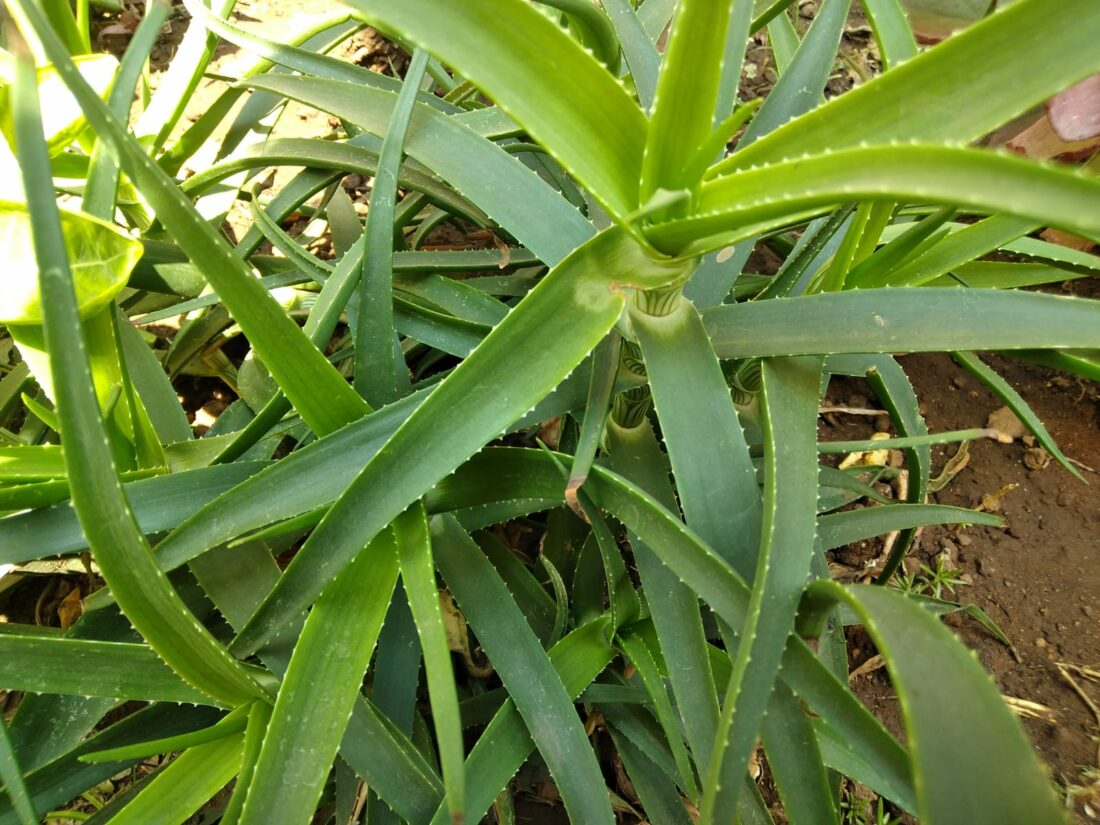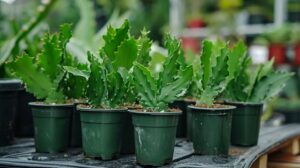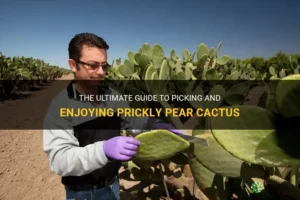Aloe plants, particularly renowned for their succulent leaves and wide array of medicinal properties, captivate the attention of both horticulturists and casual enthusiasts alike. Their exotic appearance and resilience have led to their cultivation in various regions, yet their natural habitats remain a subject of intrigue. This exploration delves into the endemic origins of aloe, shedding light on where these fascinating plants thrive in the wild.
The predominant genus, Aloe, comprises over 500 species, predominantly found in Africa, primarily in the arid and semi-arid regions. This uniqueness is what distinguishes aloe from other flora that share similar habitats. Understanding where aloe plants are naturally found can yield insights into their evolutionary adaptations and ecological significance.
To fully appreciate the diversity of aloe, one must first examine the geographical distribution of its various species.
Geographical Distribution: Africa as the Cradle of Aloe
Africa is the heartland of aloe plants, particularly in the southern and eastern parts of the continent. Countries such as South Africa, Namibia, and Ethiopia are home to a plethora of aloe species, ranging from the common Aloe vera to the more obscure Aloe polyphylla, known for its distinct spiral leaf arrangement. The diverse climates and soils within these regions contribute to the wide variance seen across aloe species.
In South Africa, for instance, one can find the iconic Aloe ferox, celebrated for its striking red flowers and medicinal properties. Its natural habitat ranges from coastal regions to the mountainous areas, demonstrating its adaptability. Aloe species in arid regions have developed unique characteristics such as a thick cuticle and water-storing leaf tissues, which allow them to survive prolonged droughts. This remarkable capacity to thrive in harsh conditions invites further exploration into the ecological roles they play in their environments.
The allure of these locations goes beyond mere aesthetics; they embody the critical relationships between the plants and their ecosystems. Pollinators, such as birds and insects, are drawn to the vibrant flowers of aloes, which act as a vital food source during dry seasons when other flowering plants might be scarce.
Climate Preferences: Drought Resistance and Survival Strategies
Understanding the climate preferences of aloe plants elucidates why they predominantly flourish in warmer, arid climates. They are exceptionally drought-resistant, an adaptation necessary for survival in environments where rainfall is sporadic. The unique physiological traits of aloe—including shallow root systems that quickly absorb moisture and a waxy leaf structure that minimizes transpiration—underscore their evolutionary success in these settings.
These adaptations enable aloe plants to endure not only drought but also temperatures that can soar during the day while plunging significantly at night. Additionally, the alkaline to slightly acidic soils found in their native habitats complement their growth, allowing them to absorb essential nutrients efficiently.
This resilience positions aloe plants as curious representatives of survival in nature. Their ability to withstand climatic extremes has not only prompted sustainable agricultural practices in arid regions but has also piqued interest in their broader ecological contributions. As a member of the desert landscape, aloe participates in soil conservation and serves as a habitat for various organisms.
Cultivation Across the Globe: Aloe’s Journey Beyond Africa
The allure of aloe has transcended its native African regions, finding new homes in gardens and greenhouses across the globe. Countries such as the United States, Mexico, and parts of Asia have adopted aloe cultivation, often driven by its medicinal benefits and ornamental value. In the United States, states like California and Florida present ideal climates for growing aloe due to their warm temperatures and ample sunlight.
In Mexico, the cultivation of Aloe vera extends beyond gardens into commercial farming environments, leading to the establishment of a thriving aloe product industry. The demands for natural health products and cosmetics have accelerated the global appeal of aloe, resulting in a growing market for its leaves and extracts. Yet, this widespread cultivation occasionally raises concerns regarding the sustainability of harvesting practices and the ecological balance of non-native environments.
The introduction of aloe into diverse ecosystems has prompted both curiosity and caution. While the aesthetic and functional benefits of aloe are commendable, the implications of invasive species must be considered, emphasizing the importance of responsible cultivation and conservation strategies.
Conclusion: The Enduring Fascination with Aloe
The allure of aloe plants lies not only in their striking appearance and adaptability to arid climates but also in their rich ecological significance. By exploring their natural habitats and understanding the factors contributing to their evolution, one can appreciate the complexities of their existence. From Africa’s dry savannas to urban gardens around the world, aloe plants provide a compelling narrative about survival, adaptation, and the intricate relationships inherent in nature.
Ultimately, the fascination with aloe reflects a broader curiosity about plant resilience, ecological balance, and sustainable practices. Its journey from native habitats to gardens worldwide invites further inquiry into how we can responsibly cultivate and appreciate the marvels of the natural world.





Leave a Comment